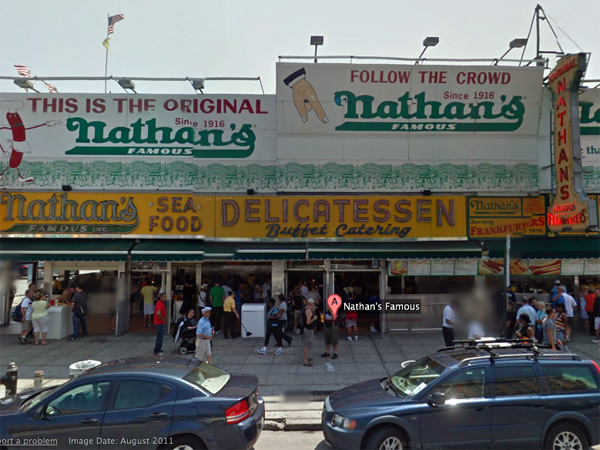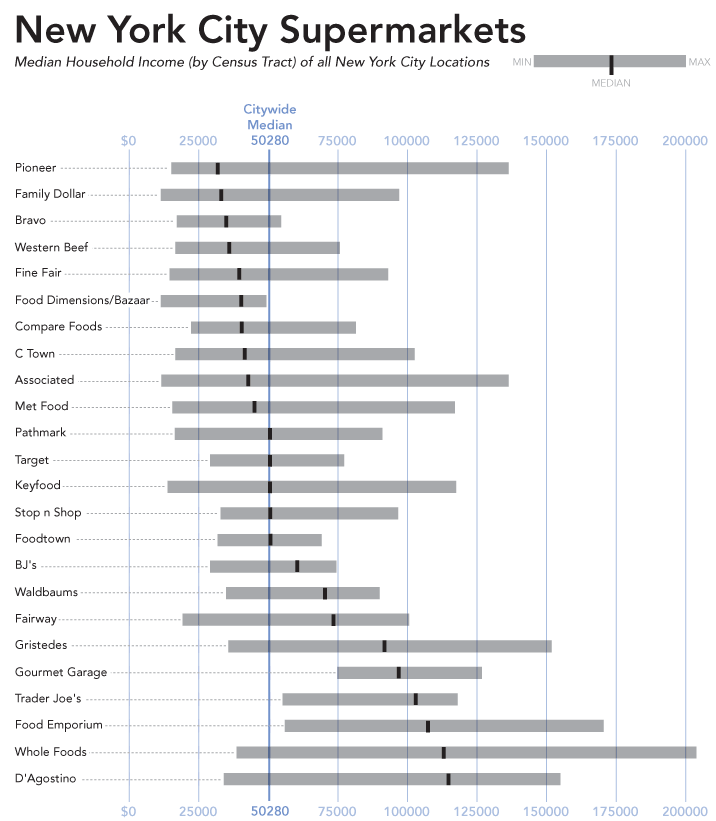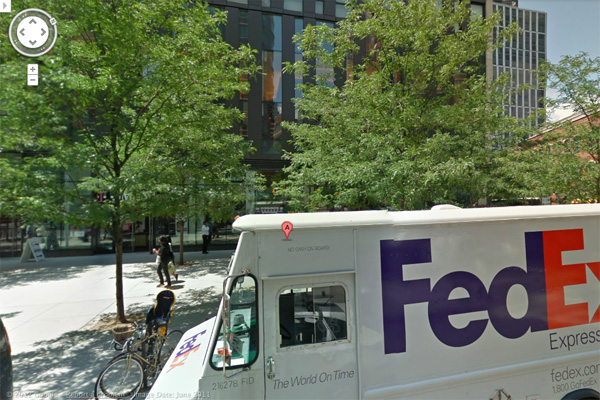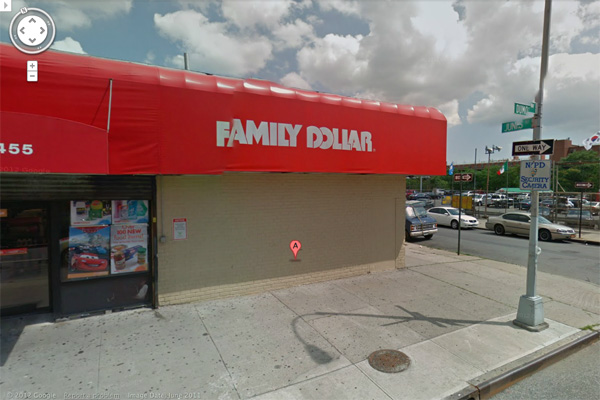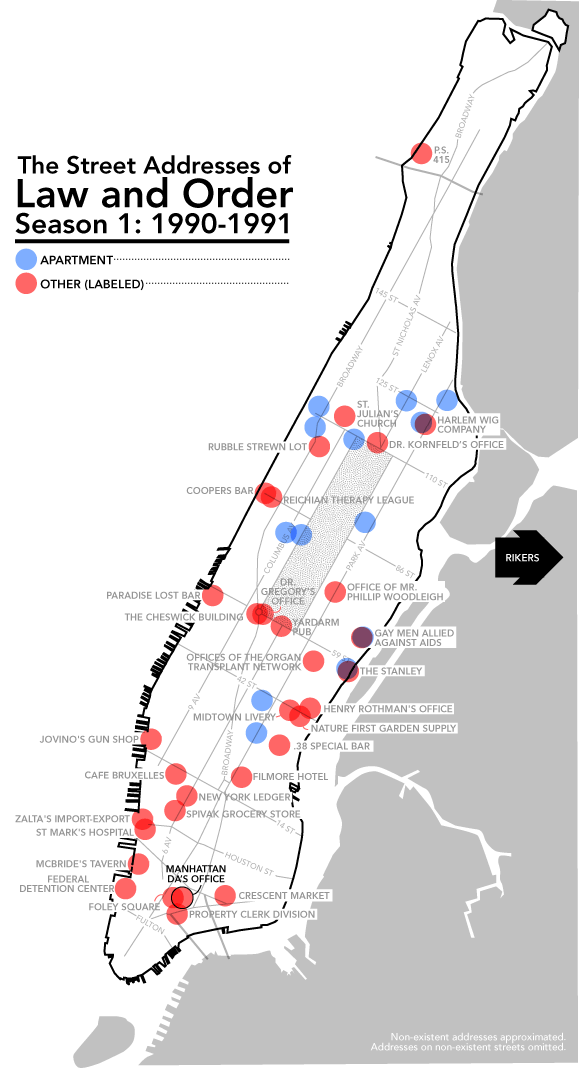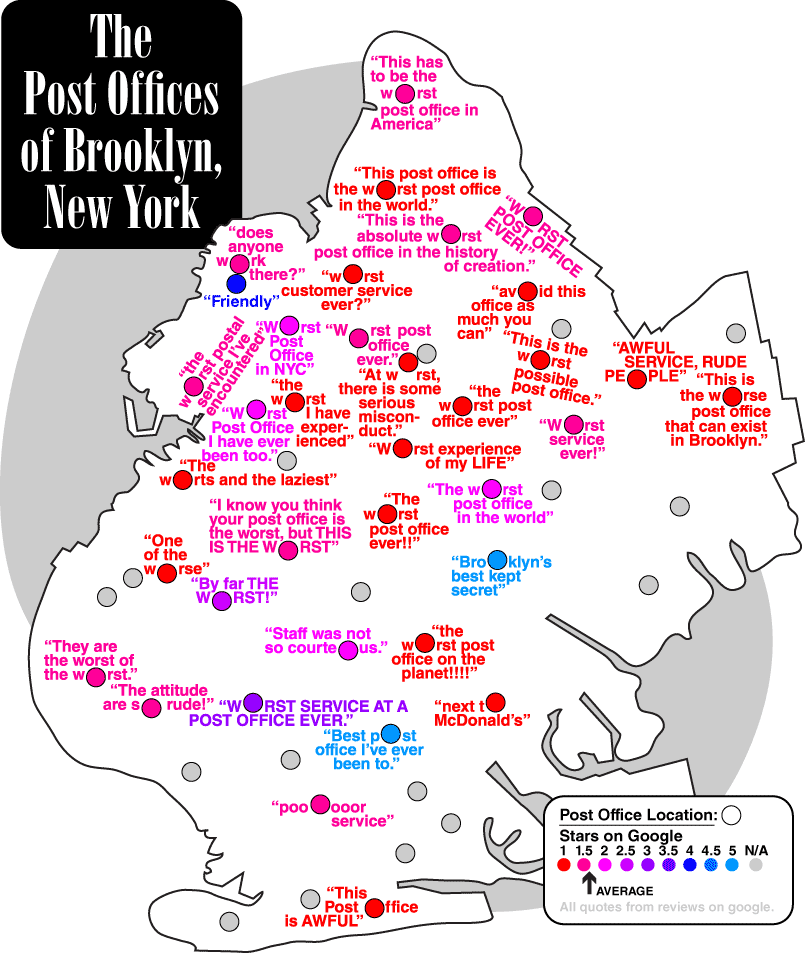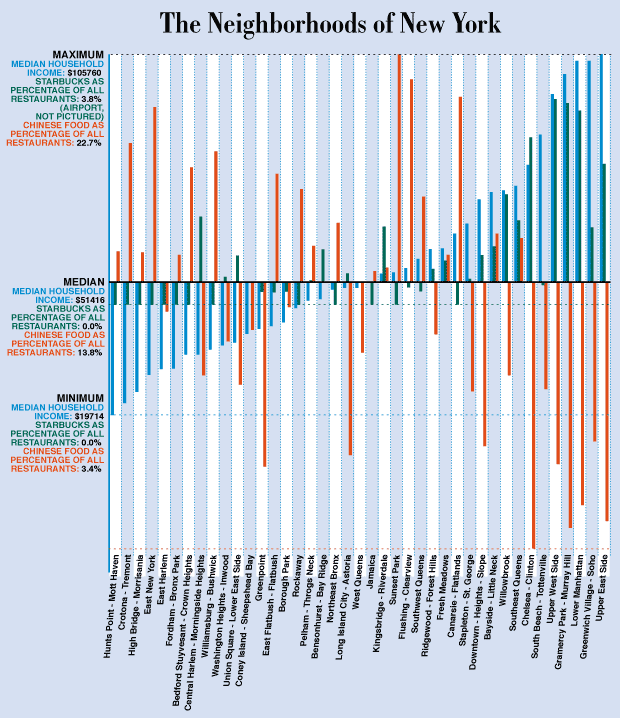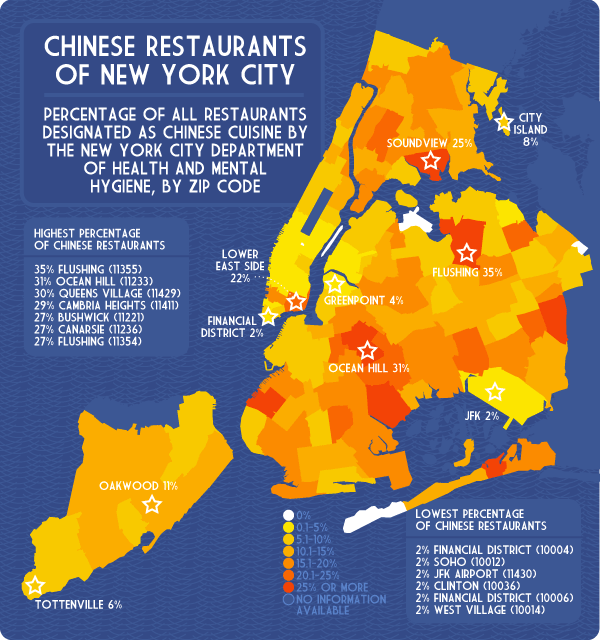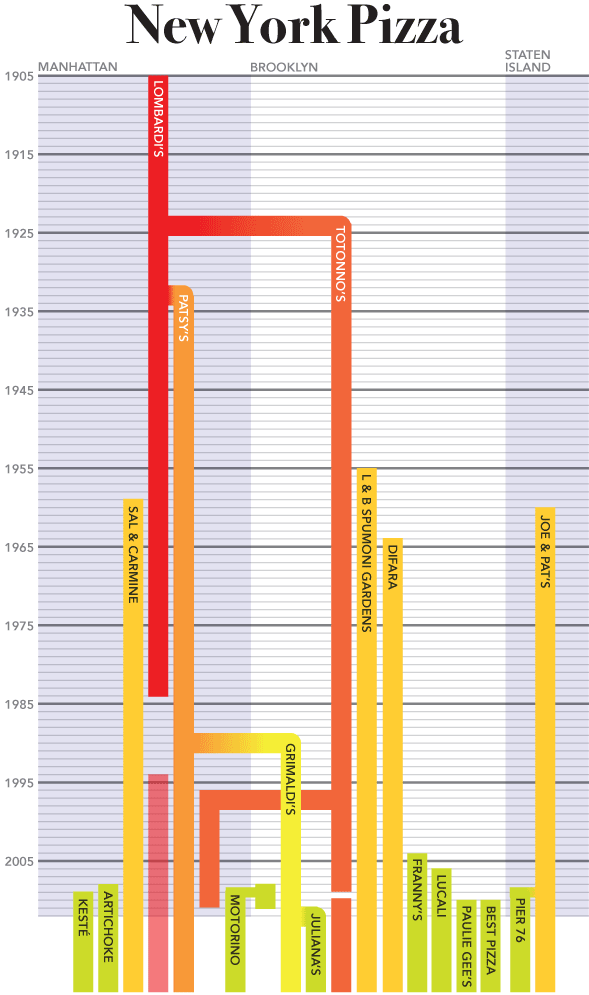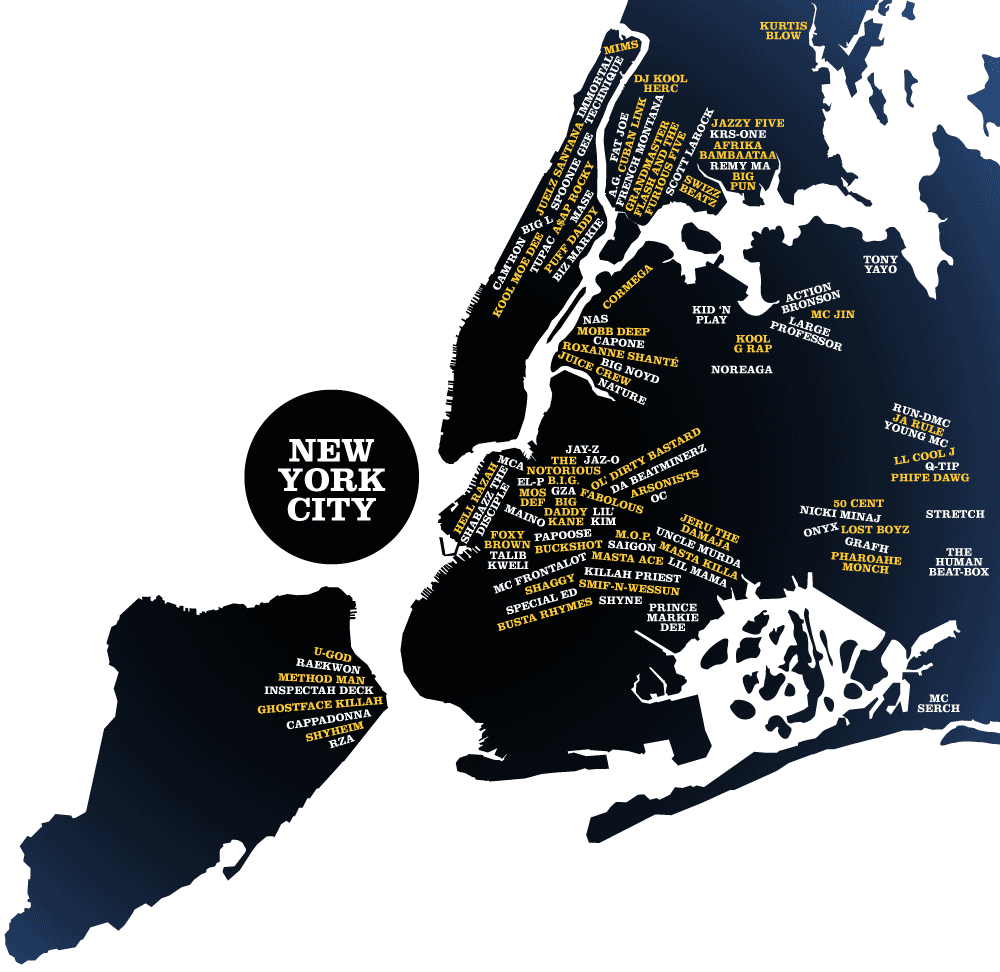Brooklyn Restaurants in the AIA Guide to New York City, Revised Edition (1978)
“Gage & Tollner’s (restaurant), 374 Fulton St., bet. Smith St. and Boerum Place. 1889. Building and restaurant are (except for ungainly vertical sign on facade) much as they were the day they opened: plush, dark woodwork, mirrors, and gas-lit crystal glitter give a real rather than a decorator’s version of the nineties.”
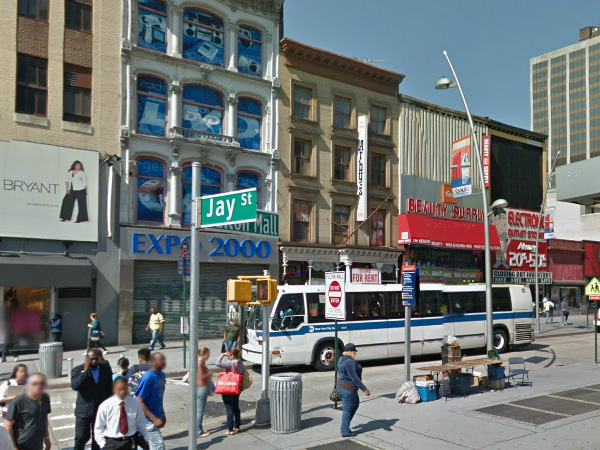
“Dem Bums (restaurant/bar), 160 Court St., at Amity St. Dem Bums (plural) may be gone from Ebbets Field, but Dem Bums (singular, a restaurant reincarnation) isn’t. This is the local watering place.”
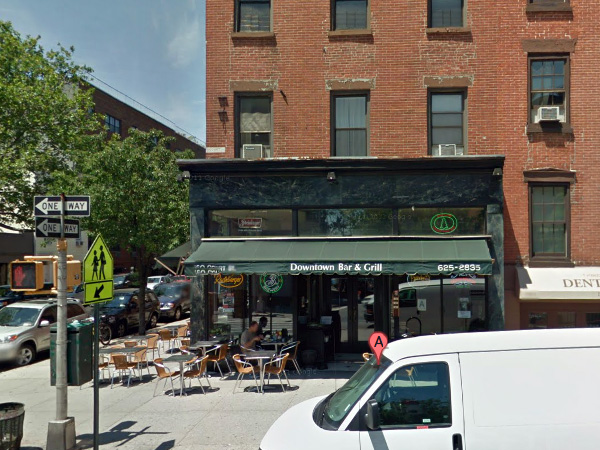
“Conveniently located in the ‘center of gravity’ between the imprecisely defined communities of Fort Greene and Clinton Hill are a few places to eat and browse… On the DeKalb Avenue block between Clermont and Vanderbilt Avenues… (is) Two Steps Down, a restaurant at No. 240…”
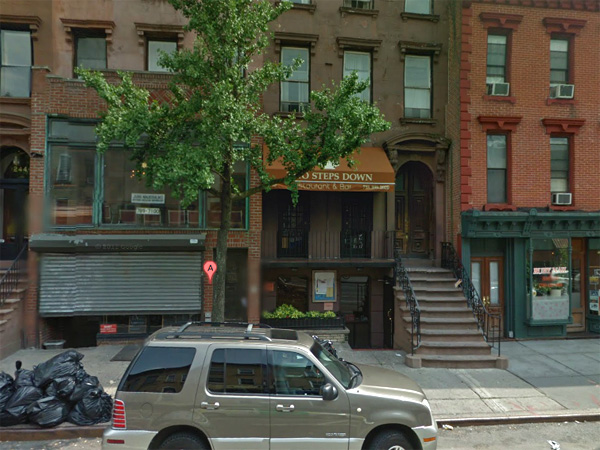
“… and Cino’s Italian Restaurant at No. 243.”
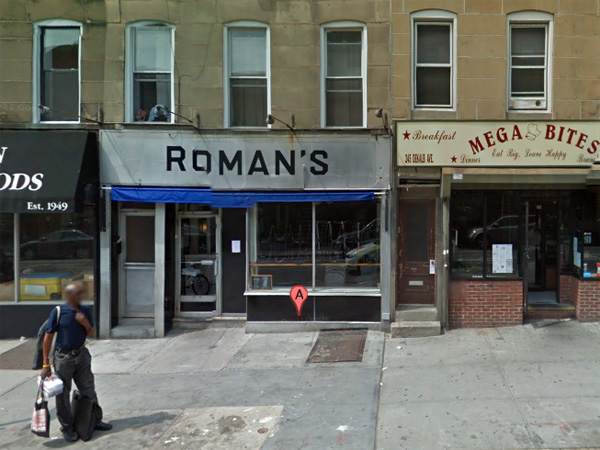
“Nearby are two other Italian trattorie, Venice at 454 Myrtle Avenue off Waverly Avenue…”
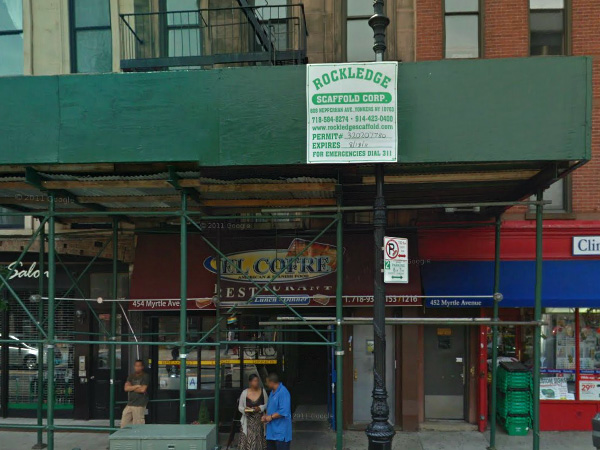
“…and Joe’s Place, occupying an old carriage house at 264 Waverly, above DeKalb. All are nice to visit and reasonably priced.”
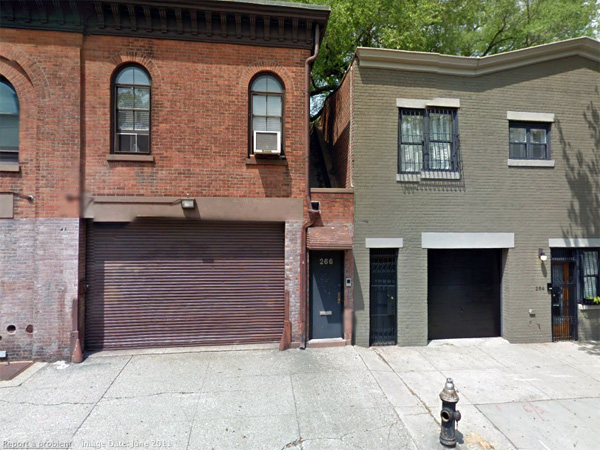
“McDonald’s Dining Room, 327 Stuyvesant Ave., NE cor. Macon St. A good eating and drinking place in a community that can’t afford elegant bars or restaurants.”
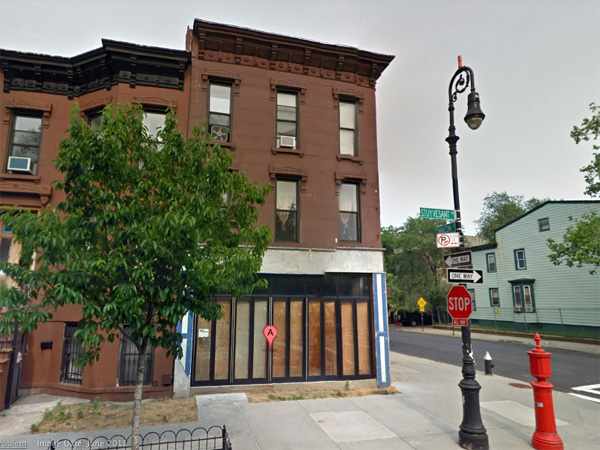
“Peter Luger Steak House, 178 Broadway, west of Driggs Avenue. Spartan place of polished oak and white aprons in a precinct far from the habitat of its elegant clientele: next to the Williamsburg Bridge. Steak reigns, all else being decoration surrounding it, or fodder for those who can’t contend with the greatness. It all began as Charles Luger’s Cafe, Billiards and Bowling Alley in 1876. The side entrance on Driggs Avenue wears some of the original architecture. Expensive. No credit cards.”
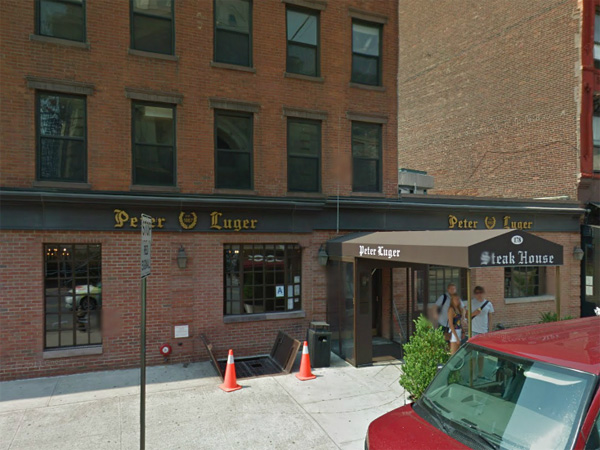
“Crisci’s Restaurant (Italian), 593 Lorimer St. Hearty Italian food in the center of a neatly kept Italian community within the polyglot eastern part of Williamsburg. It’s good to see businessmen (at lunch) and families (at dinner) enjoying the flavorful food and atmosphere. A busy bustling place.”
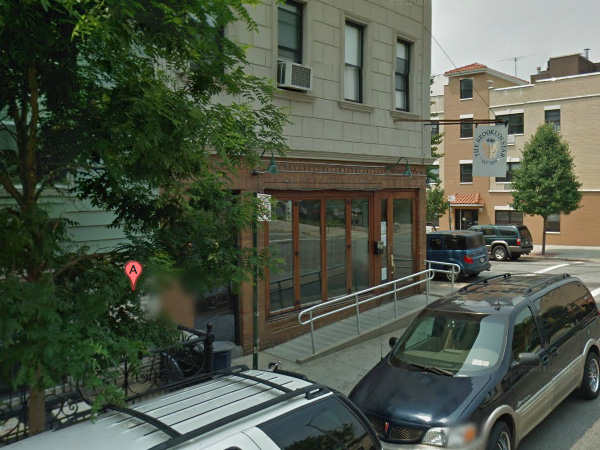
“Bamonte’s Restaurant (Italian), 32 Withers St., E of Union Ave. The front is a dark bar cum color TV. But the back is like a theater, and the brightly lighted, glass-fronted, sparkling white kitchen is on-stage in every way. Lower keyed than Crisci’s – more relaxed. Good sauce-y food.”
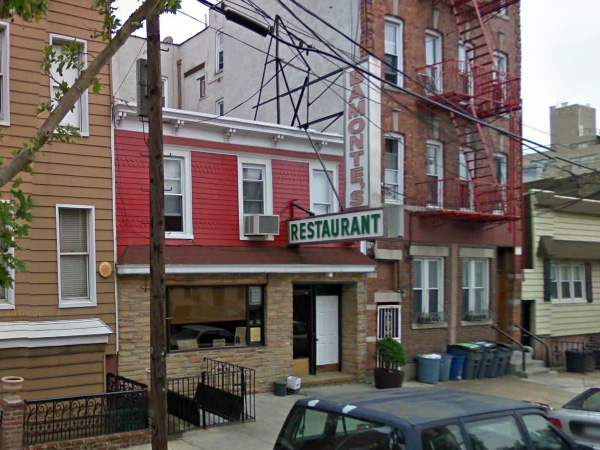
“Little Europe Restaurant, 888 Manhattan Ave., S of Greenpoint Ave. With a theater called the Chopin down the street, and a wedding caterer named the Polonaise Terrace, it should come as no surprise that there is a modest restaurant here serving Middle- and Eastern-European food. Try the fruit-filled dumplings.”
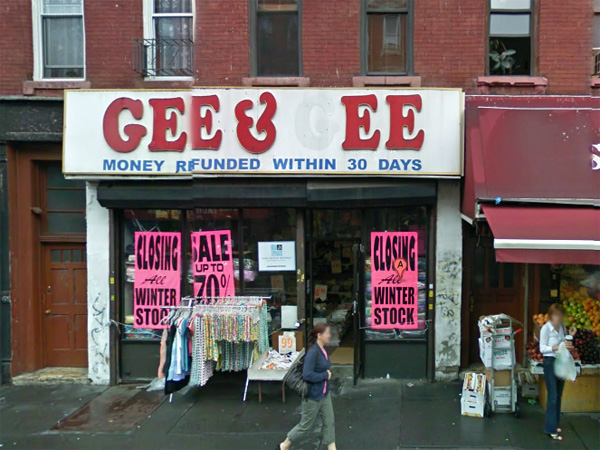
“Pollio’s Restaurant (Italian), 6925 Third Ave., near Bay Ridge Ave. If you have longed for real Italian home cooking, drop in. Very modest. Authentic, down to the chilled burgundy [sic.]. Check hours… they close early in Bay Ridge.”
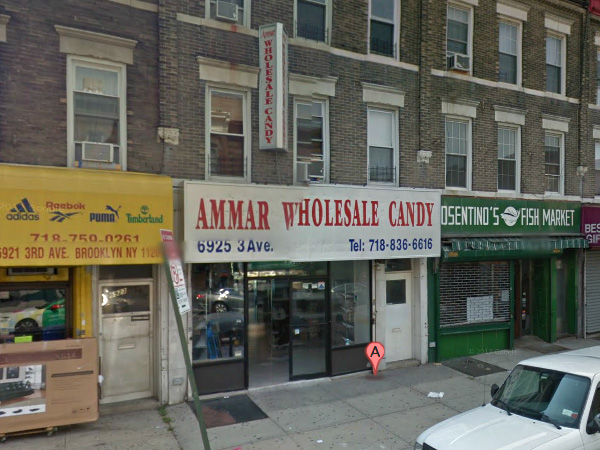
“Lundy Brothers Restaurant, Ocean and Emmons Avenues. Pointing like an arrow towards Sheepshead Bay, Ocean Avenue terminates at the water’s edge and at Lundy’s. Big, brash, noisy, crowded, but oh, what seafood! Quartered in two stories of a huge, Spanish mission-style stucco building, and serving as many as 5000 meals a day; a visit to Lundy’s is a special treat for anyone in New York. Don’t mind the brusque waiters – just dig in and enjoy!”
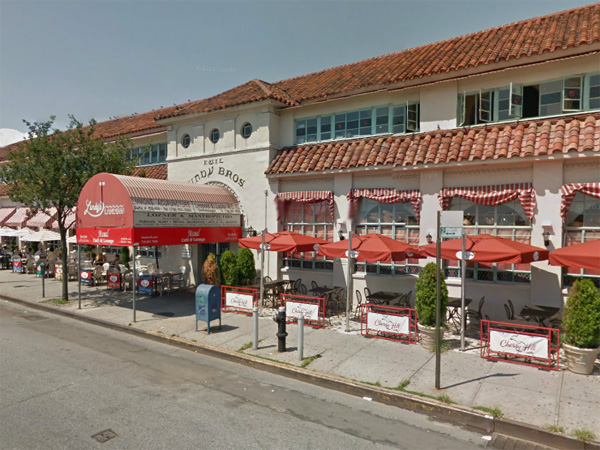
“Gargiulo’s Restaurant, 2911 15th St., bet. Mermaid and Neptune Aves. Restaurant founded 1907, located here since 1928. A princely palace in its plebian surroundings. It would be just another Italian restaurant on Second Avenue. Here it is Mecca. The works – wine, pasta, appetizer, entree, dessert, and coffee – are expensive.”
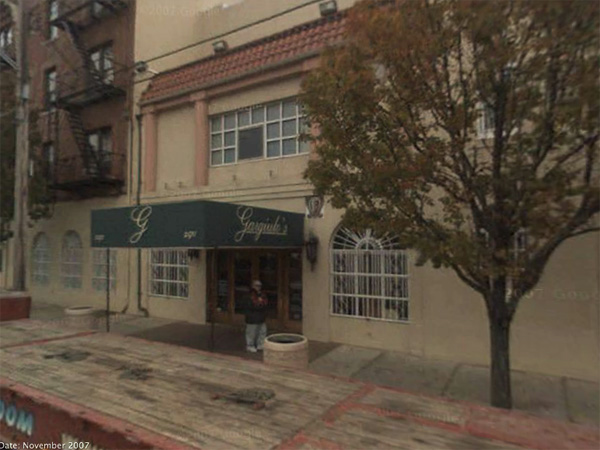
“Nathan’s Famous (the original), Surf Ave., SW cor. Stillwell Ave. With Steeplechase Park gone, Nathan’s Famous remains Coney’s greatest institution. Once upon a time it cost a nickel on the subway to get to Coney, and a nickel bought a hot dog at Nathan’s (1976: 50¢ and 60¢ respectively). Open all year for stand-up, delectable treats, such as delicatessen sandwiches, clams on the half-shell, ‘shrimp boats’ (shrimp cocktails in miniature plastic dinghies), and sundry other appetizing morsels. Our mouths are watering!”
